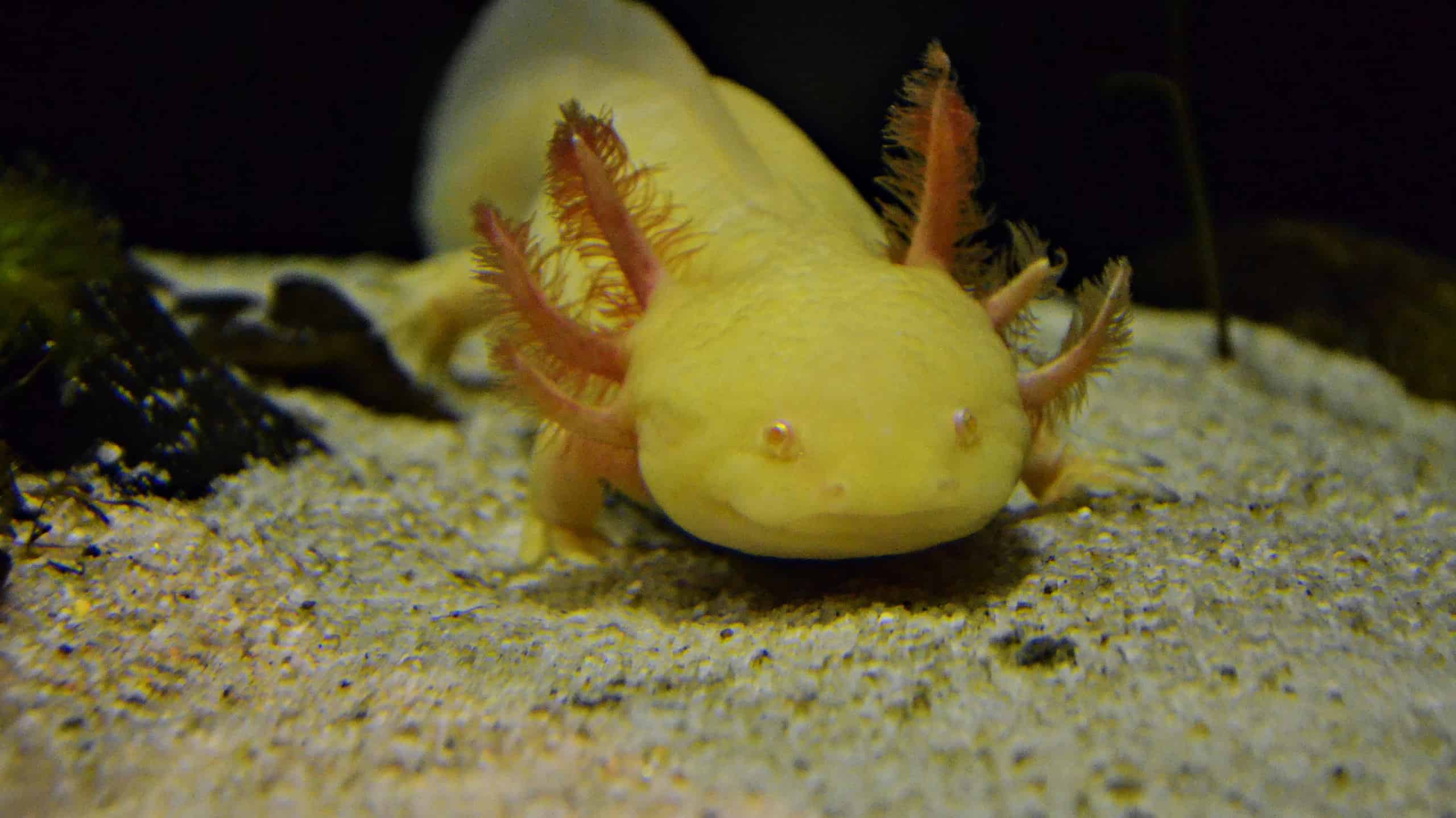Rare Disorder Demonic Faces - A Glimpse Into PMO
Imagine waking up one day, and the faces of everyone you know, everyone you meet, suddenly look completely different. Not just a little changed, but perhaps stretched, pulled, or even taking on features that seem, well, quite disturbing. This is the very real experience for people living with a truly unusual condition known as prosopometamorphopsia, often called "demon face syndrome." It's a rare visual disorder that profoundly alters how a person perceives faces, turning familiar features into something quite startling, so it's almost a different reality.
This condition, in some respects, makes the world appear like a distorted reflection, where human faces take on characteristics that might seem, to an observer, like something from a tale of fright. People with this experience describe seeing things like ears, noses, and mouths stretched back, or deep grooves appearing on skin, which is that, a rather jarring visual. It is a neurological condition, meaning it stems from the brain's processing of visual information, and it can be a very isolating experience for those who have it.
For someone like Victor Sharrah, a man whose story has recently brought this condition into public conversation, this shift in perception was sudden and quite profound. He went from seeing faces as they normally appear to witnessing these dramatic alterations, which is just a little bit unsettling. This kind of experience truly highlights how fragile our perception can be and how much we rely on seeing faces clearly to connect with others, basically.
Table of Contents
- Victor Sharrah - A Glimpse into a Unique Visual World
- What is This Rare Disorder that Changes Faces?
- How Does This Rare Visual Condition Affect Daily Life?
- Why is This Demonic Faces Condition So Seldom Heard Of?
- What's Being Done to Shed Light on This Rare Disorder?
Victor Sharrah - A Glimpse into a Unique Visual World
Victor Sharrah, a person from Tennessee, found his perception of the world turned upside down at the age of 55. For over five decades, he had viewed faces just like everyone else, without any particular trouble. Then, about four years ago, something shifted dramatically. He started seeing human faces in a way that he describes as "demonic," which is a rather strong description, but it captures the startling nature of his experience. His story has been featured in a new research effort, bringing much-needed attention to this very particular condition. It really makes you think about how our brains interpret what we see, you know?
Personal Details
| Name | Victor Sharrah |
| Age | 59 |
| Location | Clarksville, Tennessee |
| Condition | Prosopometamorphopsia (PMO) |
| Onset of Condition | Approximately 4 years ago (at age 55) |
What is This Rare Disorder that Changes Faces?
The condition Victor experiences is called prosopometamorphopsia, or PMO for short. It's a neurological disorder, meaning it's linked to how the brain works, and it causes a person to see faces in a changed way. The key characteristic is that facial features appear distorted, which is that, a very unsettling experience. People with PMO don't just see a slight blur or a minor alteration; the faces they see are fundamentally changed in shape, size, texture, or even color, so it's almost like looking at a different kind of being. It's not a problem with the eyes themselves, but rather with how the brain processes the visual information it receives, basically.
The Demonic Faces Phenomenon - What It Looks Like
When someone has this rare disorder, the faces they encounter can look quite startling. Victor Sharrah, for example, describes seeing faces with ears, noses, and mouths stretched back, along with deep grooves appearing on the skin. Others have compared the effect to looking into a "funhouse mirror," where features are warped and twisted in strange ways. The term "demonic faces" comes from how some individuals perceive these distortions, finding them unsettling and sometimes frightening. It's a very personal visual experience, but the descriptions tend to be quite consistent among those who have it. This makes it, in some respects, a very unique challenge to live with.
- Neve Campbell Sons
- Best Shampoo For Curly Hair
- Will And Sonny On Days Of Our Lives
- Is Garrison Dead From Sister Wives
- Karen Moss And Peter Michael Escovedo
How Does This Rare Visual Condition Affect Daily Life?
Living with PMO can be quite challenging, as you can imagine. Our daily interactions rely so heavily on recognizing and interpreting faces. When those faces appear distorted, it can make social situations feel very different, perhaps even a bit isolating. Imagine trying to have a conversation when the person across from you seems to have features that are stretched or out of place. It could make simple tasks, like recognizing family members or interacting with strangers, feel much more complicated. This rare visual condition changes a fundamental part of how we experience the world and connect with others. It's a condition that truly impacts how a person perceives their surroundings, you know, in a very personal way.
The impact goes beyond just seeing distorted faces. It can affect a person's comfort in public spaces, their ability to trust their own vision, and even their emotional well-being. The constant visual alteration could be very taxing, creating a persistent sense of unease or confusion. For some, these distortions are always present, while for others, they might only appear in certain situations, like when viewing faces in person versus on a screen. This variability adds another layer of complexity to living with the condition, which is that, a rather difficult thing to adjust to. It really highlights how much we take our normal vision for granted, in a way.
Why is This Demonic Faces Condition So Seldom Heard Of?
Prosopometamorphopsia is, quite simply, a very rare condition. Since 1904, fewer than 100 cases of PMO have been reported, with only about 75 published case reports. This scarcity means that many people, including medical professionals, might not even be aware of its existence. Its rarity makes it hard to study, as finding enough individuals with the condition to conduct comprehensive research is a significant hurdle. Because of this, it's been an extremely difficult condition to truly understand and represent accurately, which is just a little bit frustrating for those who want to help. The lack of widespread awareness means that someone experiencing these "demonic faces" might struggle to find answers or support, basically.
The Scarcity of Cases and Research into this Rare Disorder
The limited number of reported cases means that our collective understanding of PMO is still developing. Researchers rely heavily on individual case studies, like Victor Sharrah's, to gather information and build a picture of how this rare disorder presents itself. Each new case report helps to piece together the puzzle of what causes these visual changes and how they affect different people. Without a larger pool of patients, it's challenging to identify common patterns or develop standardized approaches to diagnosis and support. This makes the work of researchers, in some respects, very much like detective work, trying to uncover clues from very few sources. It's a tough situation, really, for everyone involved.
What's Being Done to Shed Light on This Rare Disorder?
Even with its rarity, efforts are being made to better understand prosopometamorphopsia. Recent studies, including one featuring Victor Sharrah's experience, are helping to bring this condition out of the shadows. Researchers from places like Dartmouth are working to analyze specific cases, trying to map out the visual distortions experienced by individuals. They've even created images that attempt to show what a person with PMO might perceive when looking at a face, with stretched features and deep grooves. This kind of visual representation is incredibly important because it helps others, including doctors and family members, to grasp the reality of what someone with this rare disorder is going through. It's about giving a voice and a visual to a condition that has been, for a long time, very much hidden.
The goal of this research is to move beyond just recognizing the condition and to start building a clearer picture of its mechanisms in the brain. By studying cases like Victor's, where distortions are sometimes specific to in-person viewing versus screens, scientists can gain deeper insights into how different parts of the brain process visual information related to faces. This work, you know, could eventually lead to better ways to support those living with PMO, helping them to manage their unique visual world. It’s a slow process, but every new piece of information helps to illuminate this fascinating and challenging condition, which is that, a truly important endeavor.
- Fat Jew
- How Did Chef Graham Elliot Lose Weight
- Poor Things Trailer
- Nischelle Turner Husband
- 2007 Cheshire Home Invasion

Rarest Species In The World

Recently Spotted Rare Animals - Business Insider

Rare Axolotl Colours